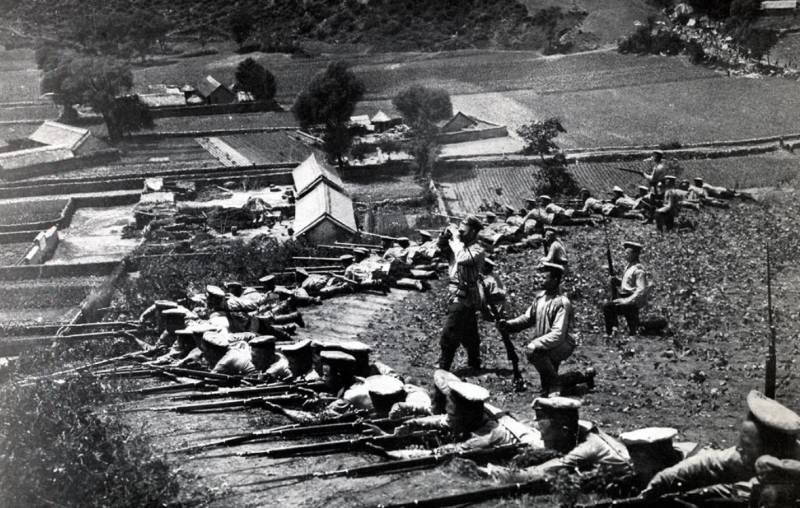Weak field fortifications of the Russian army - one of the problems of the Russo-Japanese war of 1904-1905

As you know, any war is not only about attack, but also about defense. No wonder they say that in addition to possession weapons, the fighter must be "friends" with a shovel.
Quickly digging in on occupied lines or holding back an enemy advance in pre-prepared positions is an important part of any military confrontation.
It was with this that the problem of the Russian army during the Russo-Japanese war of 1904-1905 was connected. At the same time, there are two main reasons why our field fortifications did not differ in efficiency.
The first, and the main one, was underfunding. If in those years in Europe concrete was already widely used for the construction of fortifications, then in the Russian Empire there was a directive to "save".
As a result, field fortifications, including long-term ones, were built mostly from earth and wood.
For example, consider the defensive line near Liaoyang.
It would seem that the three-meter parapets gave an advantage to the Russian shooters. However, in the end, the latter had to be "removed" from the embankments, since they mostly did not have protective canopies and were easily shot through by enemy artillery.
However, even where these sheds were, they were built of logs and earth, which protected the fighters from three-inch artillery, but was absolutely useless when attacking Japanese 150-mm field guns.
The second reason was "sluggishness". So, Russian field fortifications, even taking into account the fact that the local Chinese population was involved in their construction, were built for a very long time.
For example, according to historical according to information, an earthen redoubt for two companies was built by a group of 400 people on average in two weeks. That is, it was simply impossible to prepare a new position in a short time by quickly retreating.
Moreover, even these redoubts were erected with gross violations. For the most part, the trenches of the full profile remained unfinished, and the defense of the trenches of the knee profile turned out to be heavy losses for the Russian army.
Information